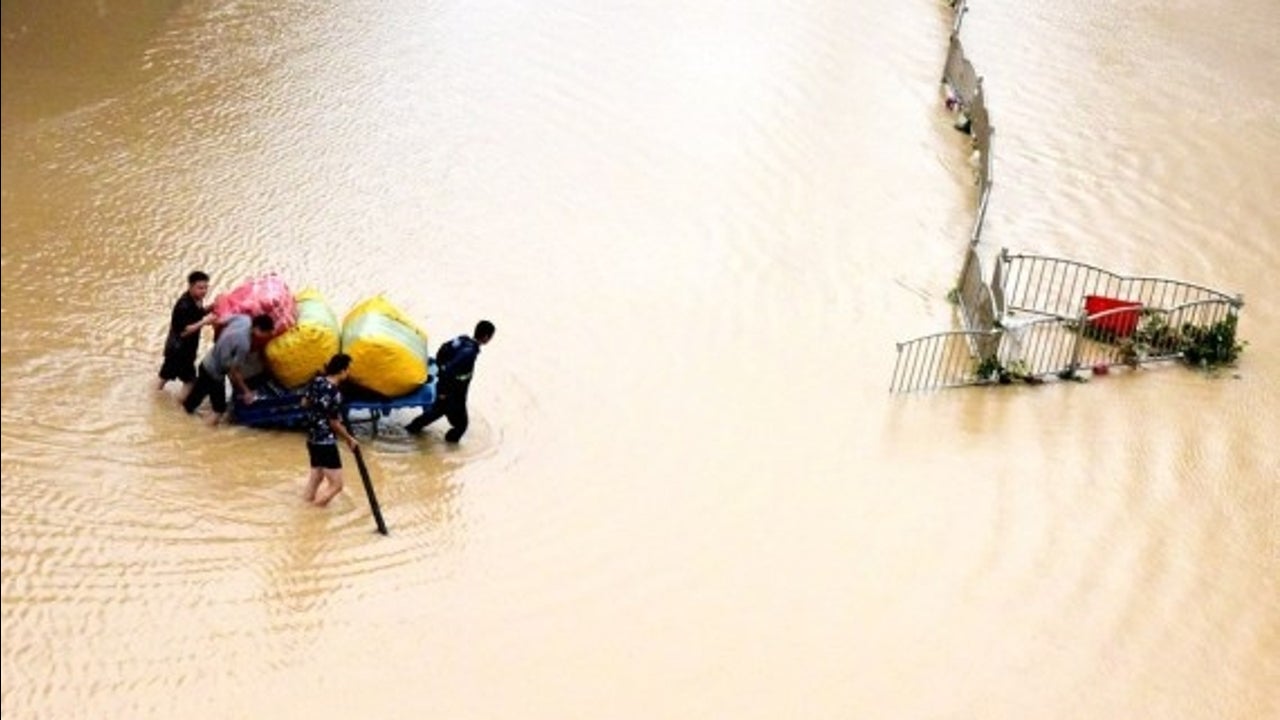Afghanistan has been struck by devastating floods, claiming around 70 lives and causing extensive damage to property and farmland over the past five days, according to the government’s disaster management department.
The country faced an exceptionally dry winter, leaving the earth parched and vulnerable to flash floods triggered by heavy spring downpours across most provinces.
Disaster management spokesman Janan Sayeq reported that approximately 70 people lost their lives, with 56 others injured. More than 2,600 houses have been damaged or destroyed, and 95,000 acres of farmland have been wiped out.
Initial fatalities were mainly attributed to roof collapses resulting from the torrential rains, as stated by Sayeq last week. However, the toll has risen steadily as the flooding continues.
Neighbouring Pakistan has also experienced severe spring downpours, resulting in 65 storm-related deaths, with rainfall nearly double the historical average rate.
The United Nations has previously warned of Afghanistan’s vulnerability to extreme weather, exacerbated by climate change. Decades of conflict have left the country ill-prepared to cope with such disasters.
Earlier this year, eastern Afghanistan witnessed a deadly landslide triggered by heavy snowfall, claiming 25 lives. Additionally, around 60 people were killed in a three-week period of intense precipitation ending in March, highlighting the ongoing threat posed by extreme weather events in the region.






